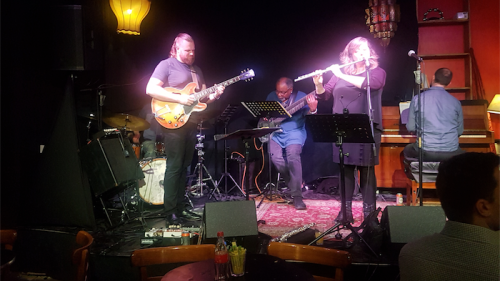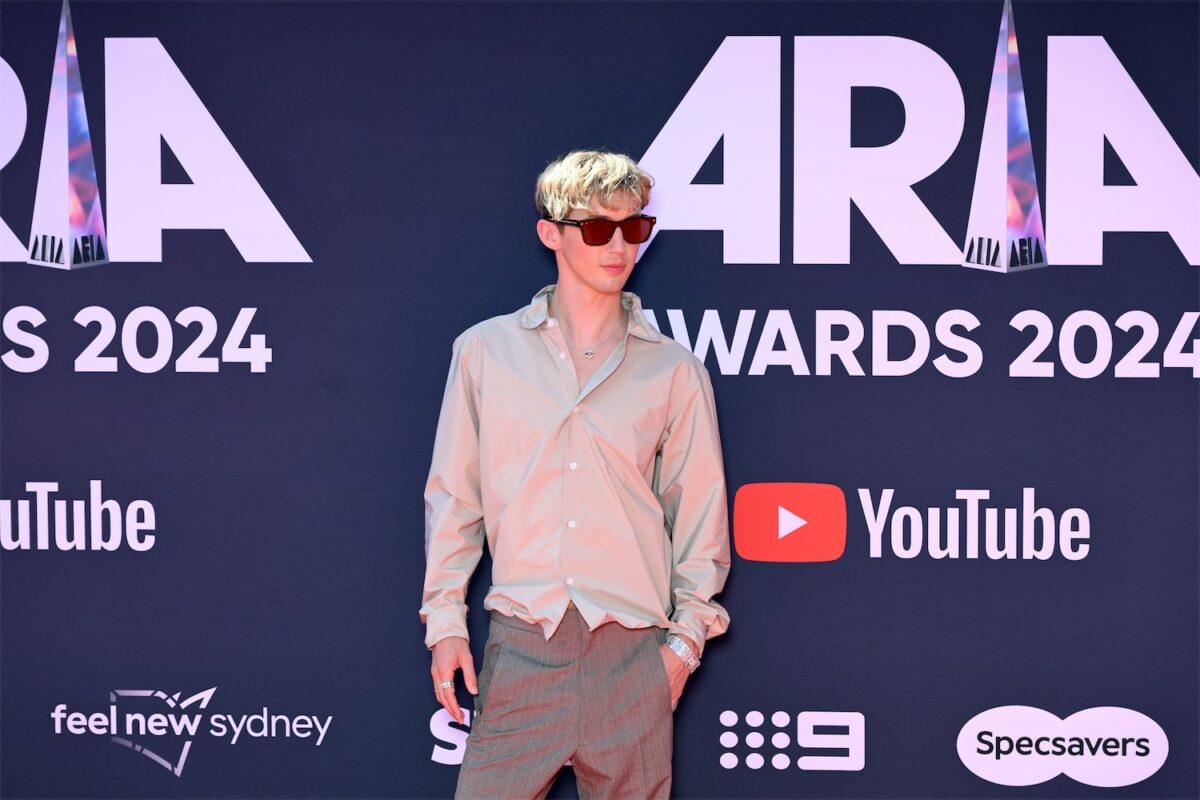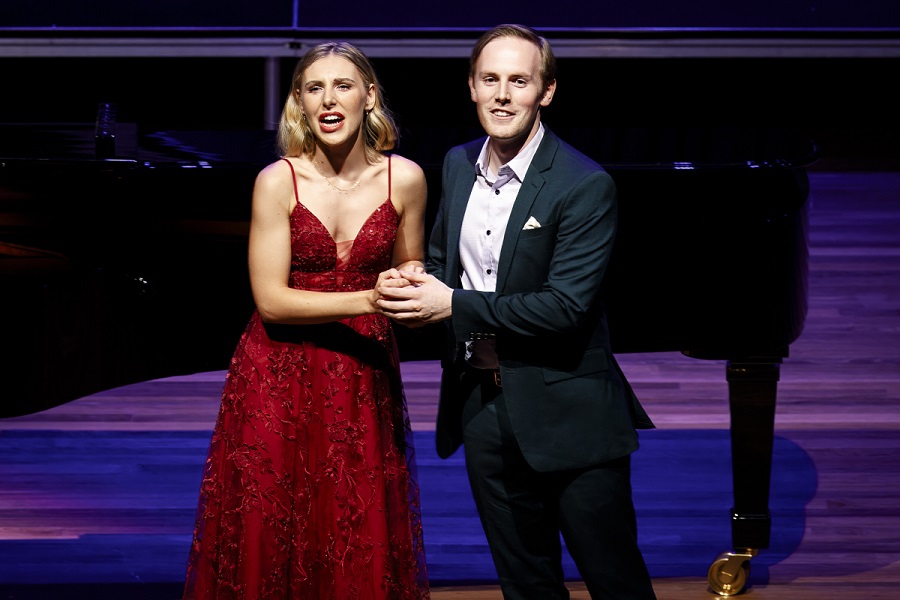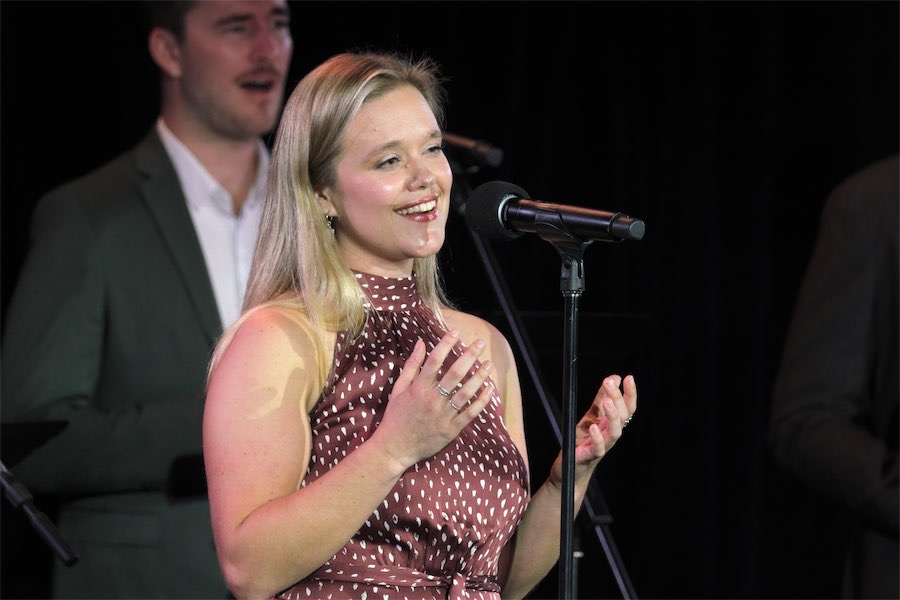
IT’S a quirky, cluttered, secondhand kind of place, but the casual, speakeasy, unfinished look of Smith’s Alternative, hidden down there on Alinga Street, is perfectly suited to jazz.
Even the little, out-of-tune, upright piano is – well – just right. Thankfully, the only thing missing was the cigarette, lying in the ashtray or hanging from the corner of the pianist’s mouth, its smoke wafting ever upwards.
But don’t let the looks fool you; this venue’s studio-like acoustic means its superb sound system fills the room, and the ears, with an aural experience that’s up there with the best of them. And sound engineer, Bevan Noble, tweaks it expertly to get just the right balance.
Bella Groove’s gig was perfectly suited to the intimate surrounds, with their audience sitting at little round tables or reclining on the pre-loved lounges, sipping on a wine or a coffee, even having a chat in the background.
In two sets of tunes, including some originals by lead singer and flautist (and Canberra Critics Circle award recipient last year) Elise Walsh, there was only one that was universally well-known and popular, a funky version of The Doors’ “Light My Fire”.
But that didn’t matter; all the arrangements were brilliant, especially in the variety of styles and rhythms employed. It was good to hear not only the less-familiar tunes, but also the arrangements of them. From Walsh’s sultry vocals to her seductive flute playing, on both treble and alto flutes, there was the driving, bluesy rhythm of Charles Lloyd’s “Tagore on the Delta” and stunning scat singing in Wayne Shorter’s “Adam’s Apple”, to floating sounds in Morcheeba’s “The Sea”.
The highlight of the show was a tune by Wayne Shorter, which featured the incomparable Eric Ajaye, playing an electric bass with two sets of strings – one fretless, the other fretted. Starting on bass alone, Ajaye created mystery, with his trademark stylings and virtuosic improvs across a steady rhythm. The rest of the group, in this instrumental piece, following not with any kind of melody, but with abstract explorations of their instruments, shaped extraordinarily diverse, understated sounds, but all perfectly placed and balanced to colour the bassline.
Pianist, Hugh Barrett, stood at the bass end, playing single repeated notes with one hand with his other manipulating the action inside. Guitarist, Victor Rufus created harmonics along the length of the strings and then the gentlest percussion, tapping and knocking all over his instrument. Walsh, on her flute, produced flourishes of breath with the faintest hint of note pitches. And drummer, Steve Richards, had the kit talking with its cymbal whooshes and skin brushes. This was a very special performance, which I hoped would not end.
But end it did, only to be followed by Rufus’ arrangement of a brilliant Walsh original, “Tamar Dreaming”, written when Walsh was living in Launceston. The slow, gentle rhythm, announced by the piano, underscored a flute line that flowed and floated just as the title suggests.
Bella Groove’s gig, boundless in its scope of offerings, concluded with another Walsh original – her protest song, appropriate given the machinations up on The Hill that very day – the rock-styled “City of Yes”, sending their audience home with thoughts of positivity, discarding the negative.
Who can be trusted?
In a world of spin and confusion, there’s never been a more important time to support independent journalism in Canberra.
If you trust our work online and want to enforce the power of independent voices, I invite you to make a small contribution.
Every dollar of support is invested back into our journalism to help keep citynews.com.au strong and free.
Thank you,
Ian Meikle, editor




Leave a Reply